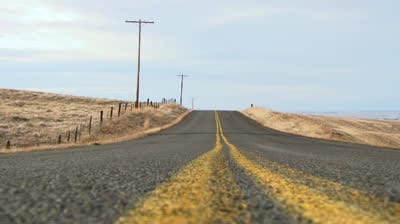A new report commissioned by the Energy Supply Association of Australia has confirmed that, not only is “off-grid” distributed energy supply a viable option for some regional and remote customers, but it’s an option that could lead to significant cost savings – tens of millions of dollars – and other benefits for network operators.
The report, “Assessment of edge of grid regulatory and policy framework,” outlines a viable case for changes to regulatory arrangements to allow a reduction in the size of Australia’s electricity supply grid – a big shift in thinking for an industry often accused of gold-plating its networks, at a cost to consumers.
Rather than doing this, the report suggests that just a 10 per cent saving in only one-tenth of power lines at the edge of the electricity supply grid would lead to overall cost savings of $50 million, while also offering customers at the edge of the grid greater supply reliability.
The report finds that the greatest benefits of off-grid power supply would occur where reliability is low, maintenance and pole replacement costs are high, in high-risk areas – such as those prone to bush fires, in areas where distributed generation already exists or there is a readily available resource.
In a statement on Thursday, ESSA CEO Matthew Warren said the report highlighted the need to consider new approaches to supply customers at the lowest possible cost, while ensuring reliable electricity delivery.
“Current regulations and policies act as a road block to consideration of whether some people would be better served off-grid. Yet there are a number of situations where there would be benefits to shrinking the electricity network,” Warren said.
“We need to have the discussion now because as distributed generation and storage technologies become more affordable the edge of the grid will continue to grow and off-grid supply will become a viable alternative for more people.
“We have 100,000 kilometres of power lines that supply consumers who are a long way from where the power is produced and that imposes a significant cost on the overall electricity supply system.


As we have reported elsewhere on this site, Australia’s power network operators are gradually coming to terms with the changing energy market – a transformation driven by the rapid introduction of distributed renewable energy capacity, mostly from residential customers who are fed up with soaring energy bills.
Rather than fight this trend, or pretend it isn’t happening, network operators like Ergon energy in regional Queensland, and Powercorp, in regional Victoria, are busy trying to get with the program.
On the same say as this paper was released, Powercor revealed its plans to install a 2MWh battery on its grid, south of Ballarat, to help smooth supply and to defer an infrastructure upgrade.








